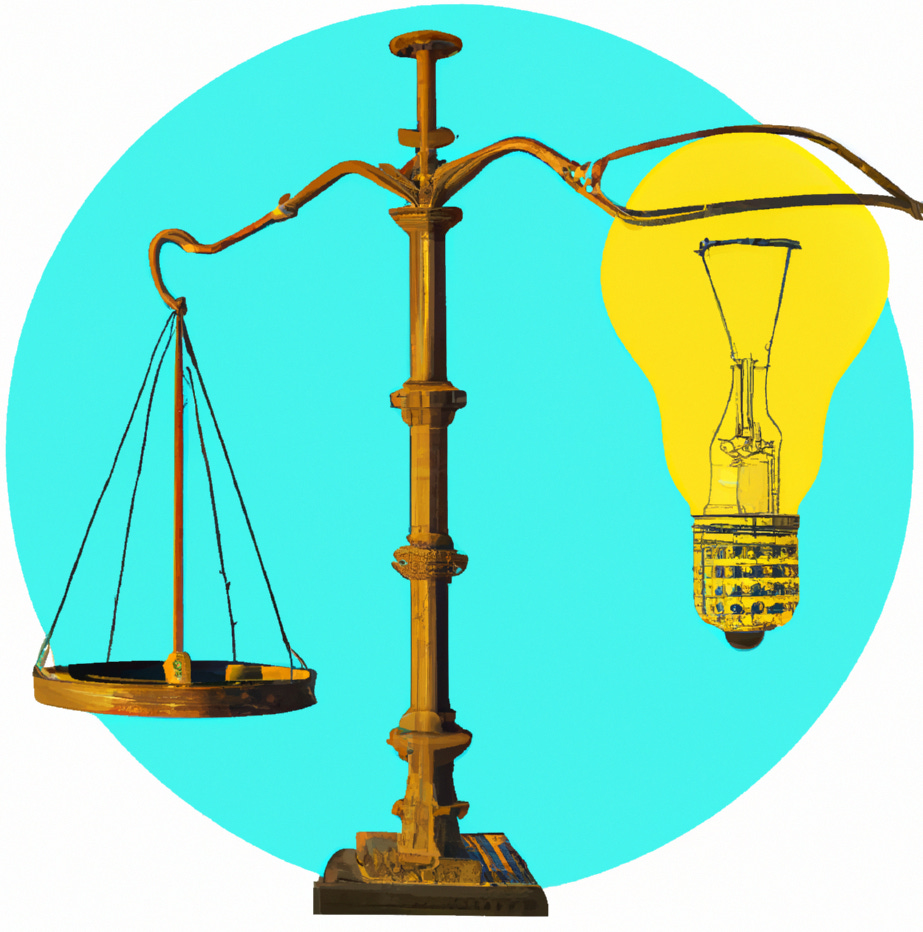Charting a Visionary Path to Establishing Value for NFTs

Amyli McDaniel, Esq.
Lawyer and Web3 founder with a mission to unlock the opportunity of intellectual property for creators, brands and entrepreneurs in the digital realm.

When you purchase an NFT, what are you actually acquiring? It is impossible to know the answer just by looking at the visual used to display an NFT. What you see is just the outer packaging; the real value, if any, lies in the unique rights and privileges attached to each token. In other words, it is about what you actually own or have rights to.
The Shift from Hype to Value
In the early days, NFTs were all about spectacle— viral moments, the jaw-dropping auctions, the headline-grabbing pumps. Now, however, they’re starting to mature. Founders and the market are beginning to understand an NFT for what it really is- just part of technology. And as with any technology, it needs purposeful applications to transform into something of value.
The Potential Scale of this Shift
No doubt that the “just a technology” of blockchain promises a multi-trillion dollar opportunity. After all, we are talking about digital ownership, property rights, contract rights, unlocking ability to financialize and create liquidity of traditional assets, a new decentralized digital asset class and an efficient commercial vehicle.
A Claim with Nothing to Claim: Need for NFT Infrastructure
Smart contracts are the systems that create blockchain tokens. And if you are creating a token, designed to be unique and have its own attributes, this token is referred to as non-fungible or an NFT. However, here’s the catch most do not realize. While smart contracts create token ID numbers and manage token transfers, they don’t inherently establish rights, provide for rights clarity or create any notion of a legal framework. They are not a “contract” in any sense of the word.
So, owning a token – what does that really mean? What rights and entitlements come with it? Today, owning an NFT is like holding a claim ticket (e.g., the token ID number) where the “something” to claim does not exist and even the intent of what that something is meant to be isn’t clearly defined.
As NFTs shift from hype to representing real value, they need a stronger backbone. Token creators must have the tools to articulate precisely what that “something to claim” is, thereby affirming for token owners the unique value they possess. As NFTs mature and begin to represent a myriad of assets and rights from media and patents to real world assets such as real estate, memberships, LLC interests and personal property, they require a solid framework to clearly define and establish these entitlements.
In addition to establishing rights and clarity for token owner rights, tokenized assets also require a way for its creator to establish rights and protections. If you are using a token to license a media asset you own, such as music, you need to include terms required for a licensing deal. Same goes for when a token represents a right to occupy land or an apartment.
Technical systems will never establish ownership and property rights. Only the law does that.
The Way Forward – Crafting a Future that Transcends Past Limitations
We find ourselves at an interesting juncture where the law is still playing catch up to the wave of innovation spurred by the latest digital technologies including blockchain.
What we do know is that Web2, through court decisions and legislative action, established legal frameworks and a well-defined legal landscape required for businesses and consumers to confidently and securely enter into digital transactions online.
While the digital terrain is expanding with Web3, two bedrock principles established in Web2 still apply. First, every digital transaction must be supported by comprehensive, written legal terms. You will not find any reputable website or app that operates without governing legal terms for transactions that take place on their site or app.
Second, those legal terms must be “clear and conspicuous” to all transacting parties. Digital companies take one of two approaches. Some require that their customers affirmatively accept their legal terms and conditions. This is known as a clickwrap agreement. Others include a link to their terms and conditions in the footers or a legal section of their website, a practice that has gained widespread acceptance as Web2 commerce has matured.
Bringing Web2 Practices into Web3
In Web3, we are transacting digitally just as before, only on blockchain rails. There is nothing about Web3 that negates the need for legal clarity and required rights and terms. Today’s smart contracts are missing these critical elements, taking us backwards.
The decentralized environment of Web3 adds another layer of legal complexity. An NFT is like its own vehicle – think of it as an app or website in and of itself – that travels to places beyond the control of the creator and can enter ecosystems controlled by unknown parties. Once you have legal terms for a tokenized asset, how do you ensure it is “clear and conspicuous” as it traverses the blockchain? Having terms on a Web2 website no longer suffices.
Let’s Not Stop There – The Opportunity for a Superior System
But why stop at merely conforming to old structures when we have the opportunity for something better – groundbreaking? One that solves for the pains that currently stifle innovation and participation in digital commerce due to cost, complexity, gatekeepers and time constraints.
Web3 offers a unique chance to architect a rights and legal infrastructure that is more user friendly, intuitive, and universally understandable. We’re talking about a framework that is not just efficient but also smart, inclusive and scalable—a perfect fit for our digital-first world.
This new infrastructure can pave the way for unprecedented business models, applications, and opportunities that welcome diverse participants from every corner of the globe.
From Vision to Reality: MINTangible Mission
Turning this vision into reality is a massive undertaking. That’s why I founded MINTangible. We aim to align with Web2 legal norms while laying the foundation for Web3’s future.
Meeting Web2 Standards, Setting Web3 Benchmarks
At its core, MINTangible provides a robust digital rights platform that aligns with Web2 legal requirements while setting the foundation for a Web3 system.
Today, our solution offers an easy way for NFT creators and platforms to encode a license agreement or other rights, declarations and terms directly to an NFT. That NFT receives a verified rights registry listing so anyone, with one click from the NFT wherever it renders, can easily access and look up what rights and terms apply.
Beyond Compliance: Pioneering a Smart, Modular Legal Ecosystem
Here is where we really innovate! Underpinning the platform, we are pioneering a modular and smart legal protocol aimed at modernizing licensing and legal transactions for the digital age. What does this mean?
Firstly, every MINTangible certified NFT is on-boarded into a blockchain based digital rights management ecosystem that supports any initiative as it evolves and grows. If later, one needs to change or add more rights to an NFT, even if just to a specific party or for a specific period of time? No problem – MINTangible allows for that kind of precision and keeps a blockchain verified record of the history of all rights for any NFT.
Elevate your NFTs and Strengthen the Movement towards Digital Asset Integrity
Whether you choose MINTangible or choose another method to meet the legal standards required for tokenized assets, choose something more than the default inputs of a blockchain smart contract.
This is what the industry needs – it is the way to not just safeguard your intellectual property and strengthen your token’s legal standing, but also amplify its trust and intrinsic value to your community of owners. Every token evolving to reliable and transparent digital assets of value.
Let’s transcend the boundaries of the present and pioneer a new system that to unlock a world rich with possibilities.